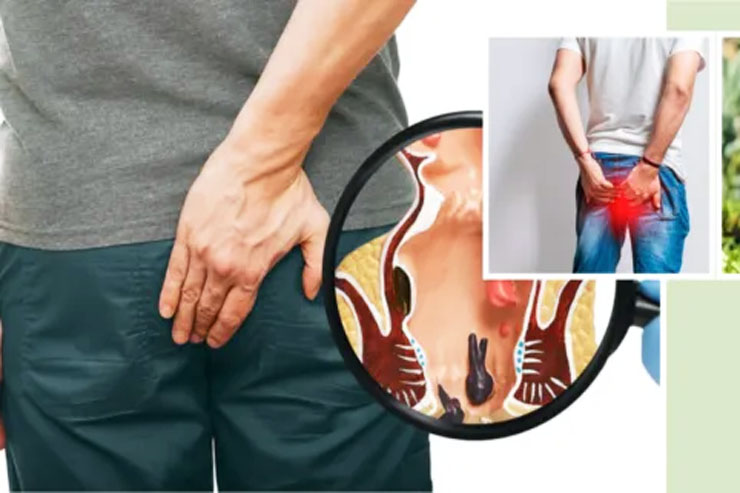Hemorrhoids (Piles) Treatment
Hemorrhoids, also known as piles, are swollen veins in the lower rectum and anus. They can cause discomfort, itching, bleeding during bowel movements, and pain. Piles may be internal or external, and their severity can range from mild to chronic. Treatment depends on the type and stage of hemorrhoids. In mild cases, lifestyle and dietary changes are usually effective. Increasing fiber intake, drinking plenty of water, and avoiding straining during bowel movements can significantly reduce symptoms. Over-the-counter creams, ointments, and sitz baths help relieve itching and inflammation. If conservative treatments fail, medical procedures may be recommended. These include rubber band ligation (cutting off blood supply to the hemorrhoid), sclerotherapy (injecting a solution to shrink it), or infrared coagulation. In severe cases or when hemorrhoids recur frequently, surgical options like hemorrhoidectomy or stapled hemorrhoidopexy may be necessary.
